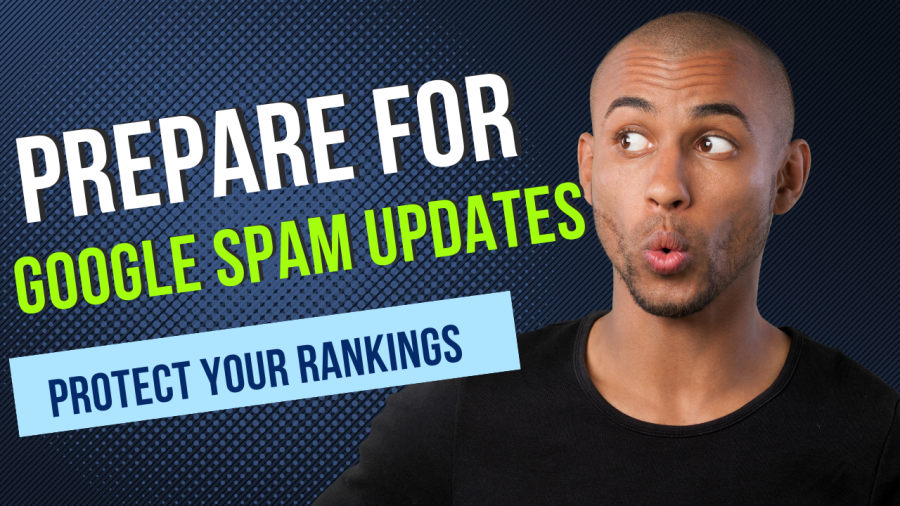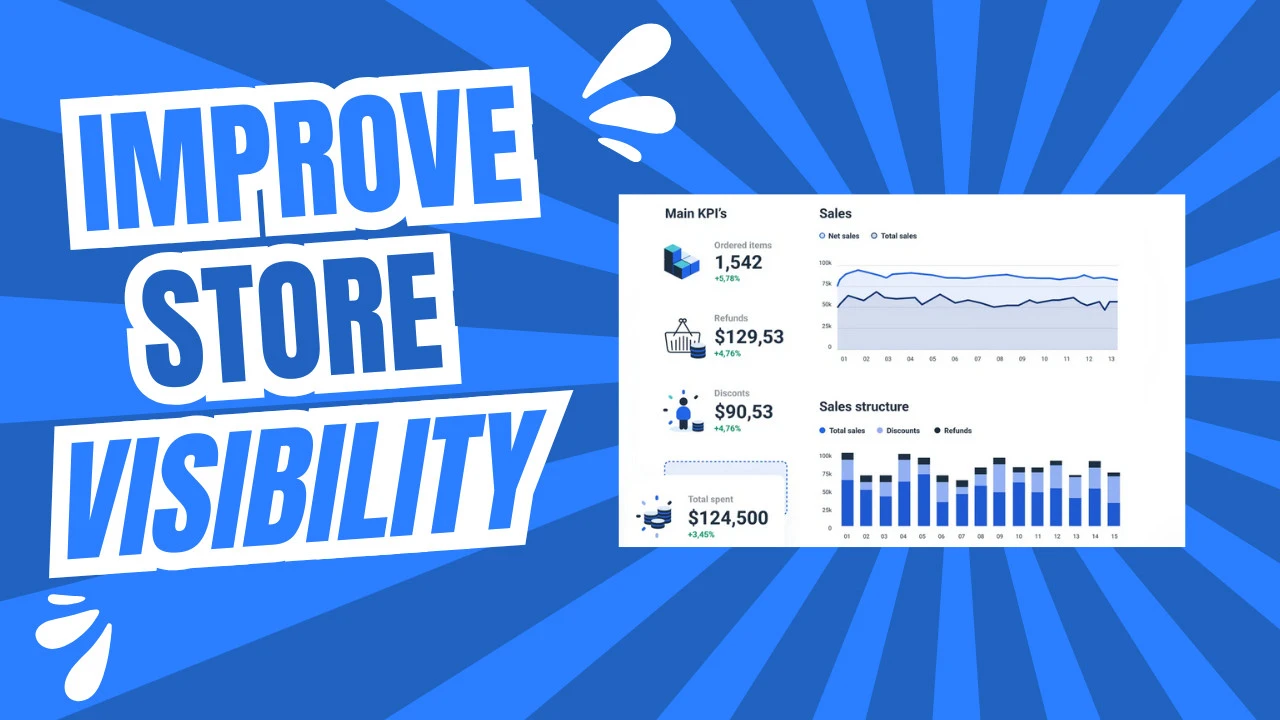Essential Tips to Prepare for the Google Spam Updates and Protect Your Rankings
Essential Tips to Prepare for the Google Spam Update and Protect Your Rankings
Google's spam updates aim to reduce the visibility of low-quality content and ensure that high-quality, relevant content ranks higher.
Preparing for these updates is crucial to maintain and improve your website's search engine rankings. Here are essential tips to help you prepare for the Google Spam Update and protect your rankings:
-
Create High-Quality Content
-
Ensure Your Website is Mobile-Friendly
-
Improve Your Site's Loading Speed
-
Implement Strong On-Page SEO Practices
-
Regularly Audit and Update Your Content
-
Build Quality Backlinks
-
Monitor Your Site for Technical Issues
-
Use Secure HTTPS Protocol
-
Engage with Your Audience
-
Stay Updated with Google's Guidelines
Understanding the Google Spam Update
Google regularly updates its algorithms to provide the best search experience. The Google Spam Update targets low-quality websites that try to manipulate rankings using spammy tactics.
These tactics include keyword stuffing, cloaking, and using low-quality backlinks. By understanding the update, you can adjust your SEO strategy accordingly.
Create High-Quality Content
Quality Over Quantity: Focus on producing content that provides value to your readers. Avoid keyword stuffing and prioritize relevance and depth.
Use Proper Keywords: Conduct keyword research to understand what your audience is searching for. Use these keywords naturally within your content.
Engage Your Audience: Write in a conversational tone and keep your sentences short. Use simple vocabulary to ensure readability. Engage your readers with questions and calls to action.
Ensure Your Website is Mobile-Friendly
Responsive Design: Ensure your website works well on all devices, including smartphones and tablets. A responsive design adjusts the layout based on the screen size.
Mobile-First Indexing: Google primarily uses the mobile version of your site for indexing and ranking. Check how your site performs on mobile and make necessary improvements.
Test Your Site: Use tools like Google's Mobile-Friendly Test to check your website's mobile compatibility. Fix any issues that arise.
Improve Your Site's Loading Speed
Optimize Images: Large images can slow down your site. Use compressed images without compromising quality.
Use a Content Delivery Network (CDN): A CDN helps deliver your site content faster by using servers located closer to your users.
Minimize HTTP Requests: Reduce the number of elements on your page to decrease the number of HTTP requests.
Enable Browser Caching: Allow browsers to store some data locally to reduce load times for returning visitors.
Implement Strong On-Page SEO Practices
Title Tags and Meta Descriptions: Use unique and descriptive title tags and meta descriptions for each page. Include primary keywords but avoid keyword stuffing.
Header Tags: Use header tags (H1, H2, H3) to organize your content. This makes it easier for search engines to understand and rank your content.
Internal Linking: Link to other relevant pages on your website. This helps search engines crawl your site and improves user navigation.
Regularly Audit and Update Your Content
Content Freshness: Regularly update your content to keep it relevant. Fresh content is more likely to rank higher in search results.
Remove Low-Quality Content: Identify and remove or improve any low-quality or outdated content on your site.
Check for Broken Links: Regularly check for and fix broken links. Broken links can harm your SEO and user experience.
Build Quality Backlinks
Guest Blogging: Write guest posts for reputable websites in your niche. This helps build high-quality backlinks to your site.
Build Relationships: Network with other bloggers and website owners. Building relationships can lead to natural backlink opportunities.
Avoid Spammy Links: Focus on quality over quantity. Avoid getting backlinks from low-quality or irrelevant sites.
Monitor Your Site for Technical Issues
Use Google Search Console: Regularly check Google Search Console for any technical issues or warnings. Fix issues promptly to maintain your rankings.
Monitor Crawl Errors: Ensure that Google can crawl your site without any issues. Fix any crawl errors that appear in Search Console.
Check for Duplicate Content: Use tools like Copyscape to check for duplicate content. Duplicate content can negatively impact your SEO.
Use Secure HTTPS Protocol
Install an SSL Certificate: Secure your site with HTTPS by installing an SSL certificate. Google favors secure sites in its rankings.
Check Security Issues: Regularly check for security issues and fix them promptly. This protects your site and improves user trust.
Engage with Your Audience
Respond to Comments: Engage with your readers by responding to their comments and questions. This builds a loyal audience and encourages repeat visits.
Social Media: Share your content on social media and interact with your followers. Social signals can indirectly impact your SEO.
Encourage Reviews: Encourage satisfied customers to leave positive reviews. Reviews can boost your credibility and rankings.
Stay Updated with Google's Guidelines
Follow Google’s Webmaster Guidelines: Always adhere to Google’s guidelines to avoid penalties. Regularly review and update your practices.
Stay Informed: Follow SEO blogs and forums to stay informed about the latest updates and best practices.
Adapt Quickly: Be prepared to adapt your SEO strategy based on new updates and algorithm changes.
Conclusion
Preparing for the Google Spam Update involves focusing on quality and relevance. By creating high-quality content, ensuring mobile-friendliness, improving site speed, and following strong SEO practices, you can protect your rankings.
Regular audits, building quality backlinks, and staying updated with Google's guidelines are also crucial. Engaging with your audience and maintaining a secure site further enhance your SEO efforts. Follow these tips to stay ahead of the updates and keep your site ranking high.






Comments (0)